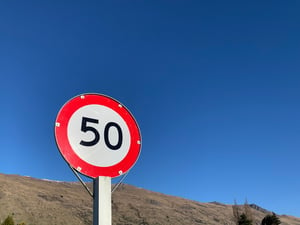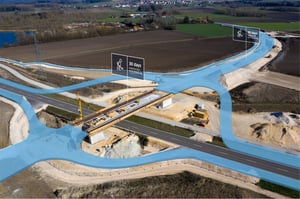
Road Safety
We specialise in developing road safety strategies, plans, assessments, industry guidance, and tools to support well-informed road safety decisions.
How we work in Road Safety
We provide road safety solutions, delivering strategies and programmes in New Zealand, Australia, and Asia Pacific.
Our Road Safety team works with clients to deliver complex projects, including strategy and industry guidance, risk assessments and audits, evaluation and appraisal services, infrastructure design, and communications and engagement. We prioritise road safety solutions to help our clients create safer transport environments and achieve positive outcomes for communities.
We work across a range of sectors
We work with organisations to address transport network challenges, unlock data insights, progress transport resource consents, and optimise the use of spatial technology.

We are a leading provider in road safety guidance in New Zealand, Australia and Southeast Asia. We focus on applying principle-based and data-driven research, delivering guidance on a range of specialist topics including Vision Zero modelling (including back-casting), economic appraisal, network safety planning, evaluation frameworks, and safety performance indicators.
We work with clients to identify risk and inform road safety strategies enabling better planning and decision making.
Featured Project: The Safer Journey’s Risk Assessment Tool: Mega Maps
We are the preferred supplier for high-risk road intersection assessments for roading agencies in New Zealand and Australia.
We work with clients to carry out road risk assessments, and support focus on planning and implementing road safety interventions to reduce fatalities and serious injuries on the roading network.
Our services include network risk assessments, Safe System framework assessments, crash analysis, intersection risk assessments, and crash prediction modelling.

Featured Project: Helping New Zealand Transport Agency save lives on our roads

We support road controlling authorities to prioritise speed management across New Zealand and deliver guidance on road risk assessments and engagement to Austroads and Australian state governments.
Our safety experts have years of experience and knowledge in developing and reviewing speed management policies, impact assessments on speed limit changes, and consultation and engagement advice for speed limit change proposals.
We work with roading authorities to deliver Safe System and road safety audits, ensuring potential safety issues are identified and addressed and networks are built to the highest safety standards for all road users.
Our Road Safety team deliver safety audits for subdivisions, road, and intersection improvements at each stage of the project. This includes feasibility, safety, and post-construction audits.
We have many years of experience in auditing complex transport schemes, which include shared spaces, pedestrian and cycling facilities, and streetscapes.


We work with clients to develop, optimise, and evaluate the outcomes of road safety programmes and projects.
Our Road Safety experts consider a range of aspects to evaluate programmes, including historic crash data, crash reduction factors, crash risk assessments, and severity analysis methods.
We use best practice statistic methods to evaluate the success of safety programmes.
Crashes are complex events influenced by a variety of system components. These include road and road-side design, operating conditions, human, and vehicle factors.
We understand these complexities and the factors that influence road safety. Our Safe Systems experts, Paul Durdin and Dr Shane Turner, have more than twenty years’ experience as expert witnesses in hearings. They have appeared before the Environment Court in New Zealand and give road safety advice at international conferences and workshops.
Our experts are available to provide evidence for court cases, coroner inquiries, and other forums requiring specialised road safety advice.



Get in touch
If you’ve got a question or want to chat to us about how we can help you, complete the form and we’ll respond as soon as possible.
We look forward to talking with you.
.png?width=556&height=152&name=Abley_MasterLogo-Website%20(1).png)

